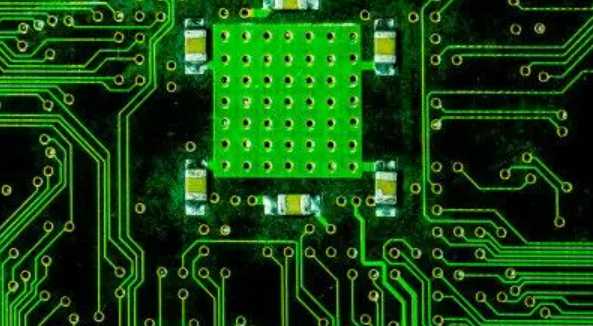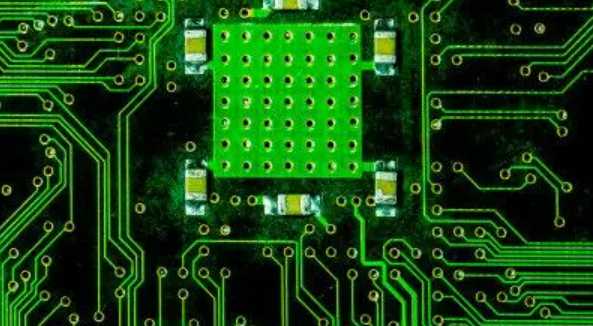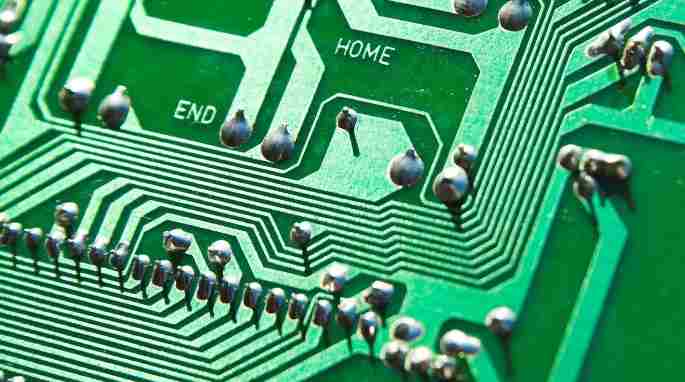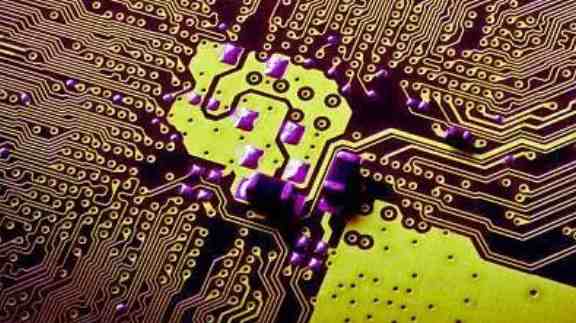
The complexity of HDI PCB layouts is rising fast. It involves hardware and software requirements to keep up with iterative trends in advanced PCB design. In addition, it becomes challenging for PCB designers to draw out all the complex designs without proper support or guidance. In today's situation, most designers around the world face such difficulties, especially as new HDI technologies are becoming more widely available faster than ever before. High density Interconnect (HDI) printed circuit board (PCB) design requires careful planning and refinement. Two key factors to consider in HDI PCB layout are blind holes and buried holes.
The importance of blind and buried holes in electrical design cannot be overestimated. They provide an electrical connection to the bottom of the board and can carry high currents without additional stress relief. HDI PCB layouts use blind and buried holes as major components of high-speed signal routing, allowing greater flexibility in PCB manufacturing.
This guide will discuss how to plan blind holes using visual AIDS and best practices to lay out PCBS containing blind and buried holes.
HDI PCB layout and blind burials
High Density Interconnect (HDI) is a technique for creating high speed and high density PCBS. HDI uses blind and buried holes to increase signal density and thus improve the performance of printed circuit boards.
Blind holes are used to connect different layers on the same side of the board, while buried holes are used to connect layers on opposite sides of the board. Blind and buried holes are commonly used in high performance applications where signal integrity and reliability are critical.
HDI allows for higher signal density than traditional PCB manufacturing methods, thereby improving signal quality and reducing crosstalk between adjacent signals. This is because there are fewer connections per square inch (spacing) between each line and between lines on different layers.
HDI PCB layout: Use and considerations of blind and buried holes
Blind holes are used to interconnect two conducting layers separated by non-conducting layers, such as FR4. This can be used in many high current applications, especially distribution networks.
High currents cause thermal expansion, which means that any contact between the layers expands more than the rest of the board, creating stress on the two surfaces. The blind hole provides a mechanical stress release point in which an electric current flows through the center of the through-hole, thereby reducing stress on both surfaces. This also helps prevent arcing from layer to layer.

Also, blind holes are used in thin designs where there is not enough space to wire between the two conductive layers without violating the plan rules. Blind holes can be placed in areas that do not violate plane rules and still provide connectivity between layers at minimal wiring resource cost.
Burials are similar to blind holes in that they are designed to connect two conductive layers separated by a non-conductive material (usually FR4). However, unlike blind holes, which have an opening on each side of the non-conductive layer, buried holes have only one opening on the surface facing the non-conductive layer.
The embedded version is often used when there is not enough space to place the entire through-hole on a surface and still comply with design rules (such as minimum spacing between lines).
HDI PCB layout laminated
Ideal laminations for blind burial by HDI PCB layout include:
4 layers stacked, 4 layers drilled, 1 layer blind/buried and 1 layer connected
8 layers stacked, 4 layers drilled and 4 layers blind/buried
10 layers stacked, 5 layers drilled and 5 layers blind/buried
12 layers stacked, 6 layers drilled and 6 layers blind/buried
Blind burying of PCB layout through HDI best practice
Use single channels whenever possible
Blind and buried holes should be used only when necessary. If a single through-hole is available, use it instead of multiple through-holes. This will reduce the risk of damage and short circuits between different layers during assembly.
Use holes that match the width of the line
Use blind and buried holes as wide as possible to ensure a good electrical connection between the copper layers. The minimum required line width is 2 mil. Avoid using narrow through-holes whenever possible, as they may not provide sufficient electrical contact between the copper layers or cause mechanical stress to the surrounding components during welding or thermal cycling.







